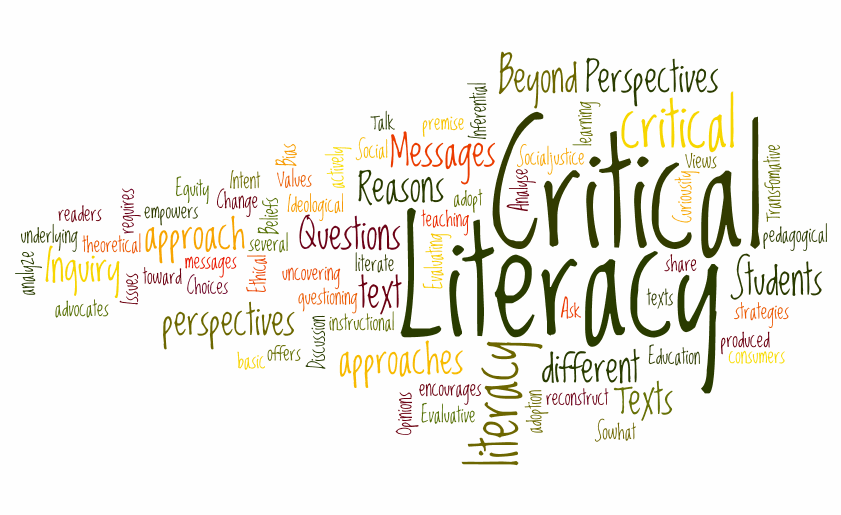Multiliteracies- What are they?
- Kaitlynn
- Oct 28, 2018
- 3 min read
Updated: Nov 20, 2018
As a 21st century teacher, it is important to adapt to new changes in our world and incorporate them into the classroom. As the world becomes more globalized, competition for jobs increase, and the demand for more technology-savvy students increase, educators need to prepare students so that they can develop the necessary skills that they require to succeed in this world. One way to prepare students is by incorporating multiliteracies.
Multiliteracies allow students to learn in different ways. It is multi-modal, therefore it encompasses various modes of representation, such as written, oral, visual, tactile, gestural, spatial, and so on. The goal of multiliteracies is not only to keep up with the times, but to reach every student. As we know from multiple intelligences, different students learn best in different ways. By incorporating multiple means of representation into a lesson, or offering multiple ways for students to demonstrate their understanding of a concept, learning becomes differentiated and more students can reach their academic potential.
One might ask, well, how does multiliteracies relate to our changing society? Besides incorporating technology, multiliteracies embrace many things that educators focus on to improve student learning, such as inquiry-based learning, student-centered learning, and global citizenship. Students today need to be multiliterate to better communicate globally so that they can take a self-governing role in the community. With multiliteracies, they will develop their communicative skills and become more tech-savvy, which is what our world calls for today and what it will need more of for the future.
In terms of putting these ideas into practice, teachers can use multiliteracies in any subject matter. This could be as simple as having students use different forms to show their understanding, such as explaining in written form, discussing with a partner, drawing a diagram, etc. This could also be seen in more interactive lessons, where students lead discussions, think critically, and reflect on their learning. Allowing students to explore new technology tools to enhance their learning, such as using videos, online articles, sharing information with Google docs, or presenting information with Google slides, are all great ways to use multiliteracies.
The video above, although it does not use the word "multiliteracies", gives an insight on what it means to be multiliterate. I do believe there is more to what the video shows us in terms of multiliteracies, but it does give us some good examples of how being literate goes beyond knowing how to read and write. Video found at http://eliminatingthebox.blogspot.com/2013_06_01_archive.html.

The above picture explains how educators can implement a multiliteracies pedagogy. There are four sections listed here: 1. Situated practice: this could be exposing the students to authentic experiences related to what they are learning, immersing them in new cultures and ideas, or bringing in community members to share and discuss their experiences. 2. Overt instruction: this consists of using instructional strategies to allow students to make meaning of what they are learning. This can be done using multimodality as an example. 3. Critical framing: this allows students to question what they are learning, as opposed to simply memorizing facts and believing everything that they read. Examples of this could be challenging a history textbook and seeing which perspectives it covers, learning how to evaluate which websites are reliable and which ones are not, or even allowing discussion of world issues flow in the classroom for students to think about various perspectives. 4. Transformed practice: this consists of students taking what they have learned in the classroom, and applying it outside of the classroom. Examples could be creating a PSA on an important issue discussed in class, creating a website to communicate with others, finding a community to practice their learned language in school, etc.


Comments